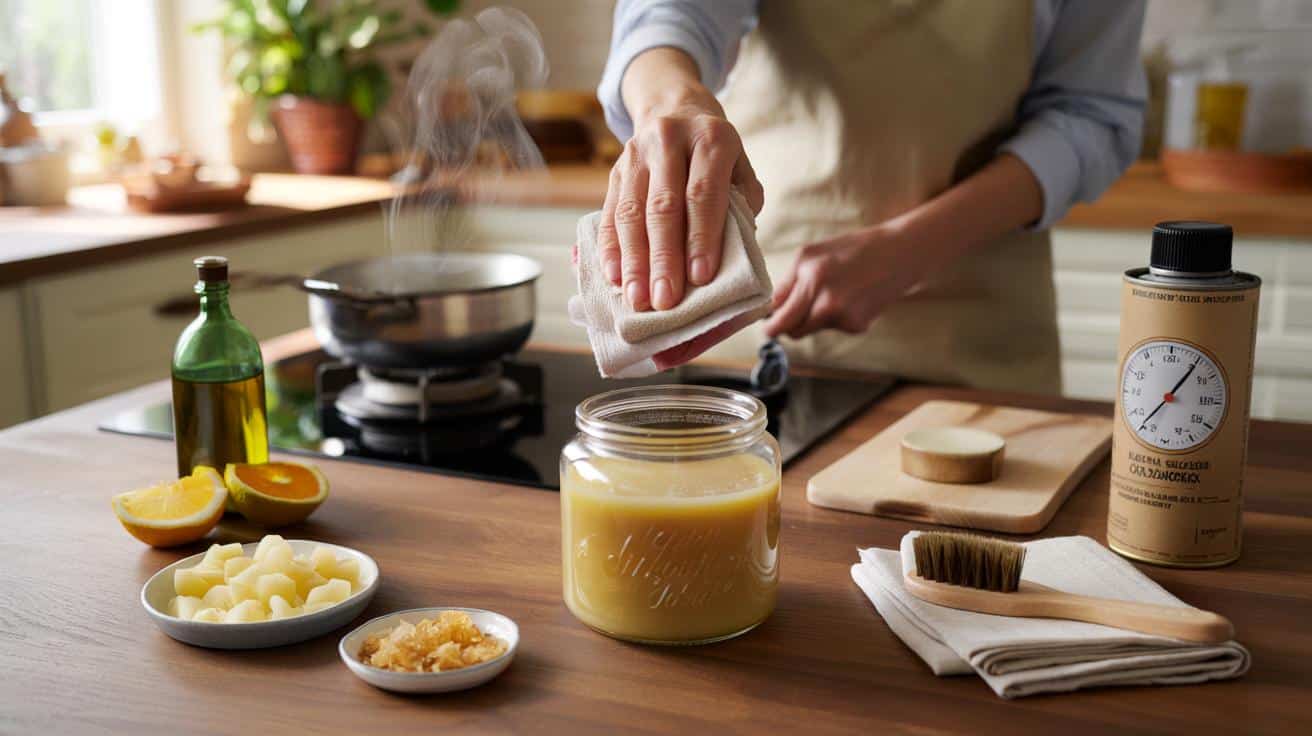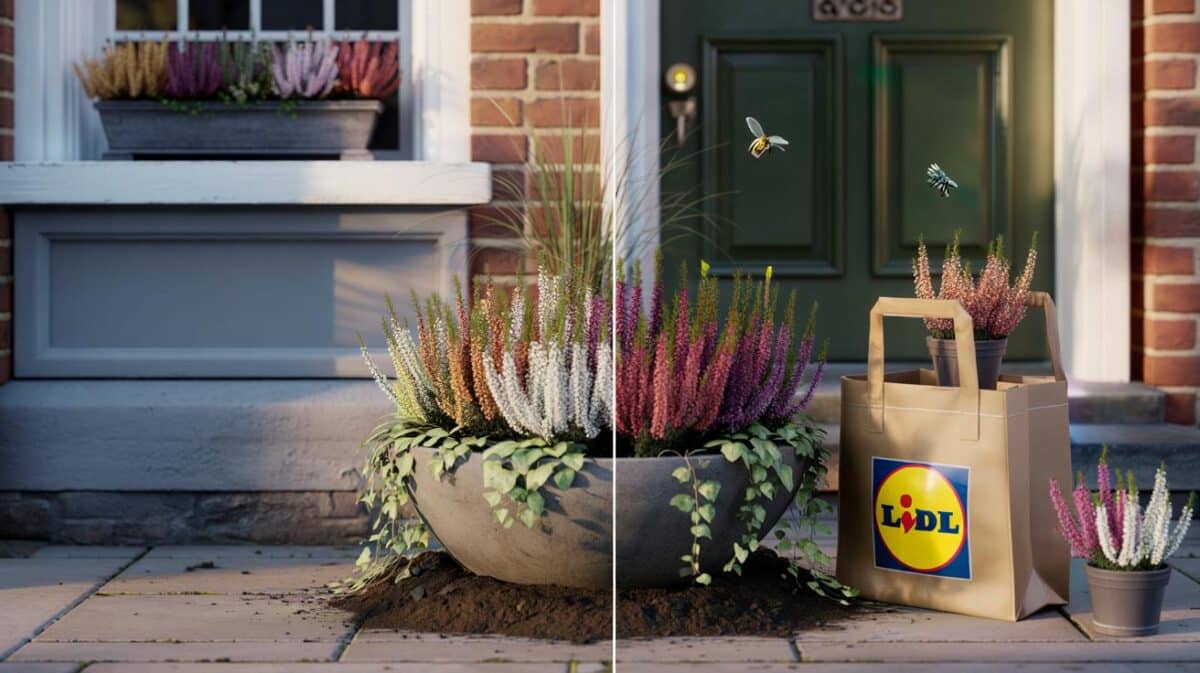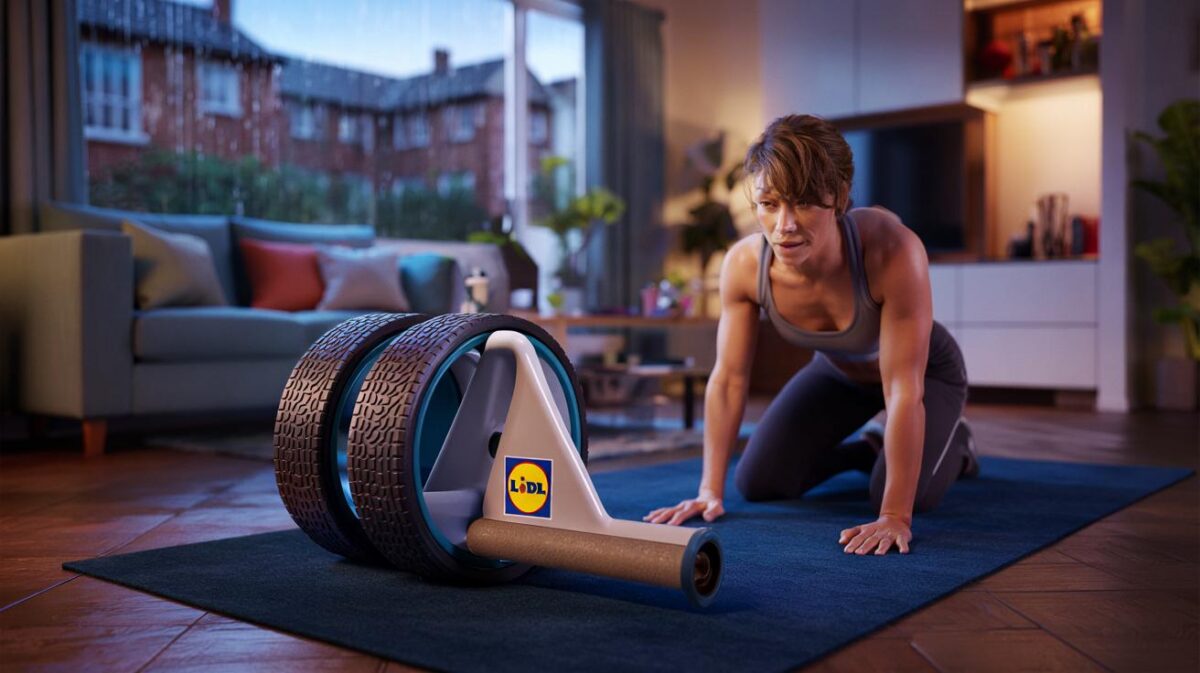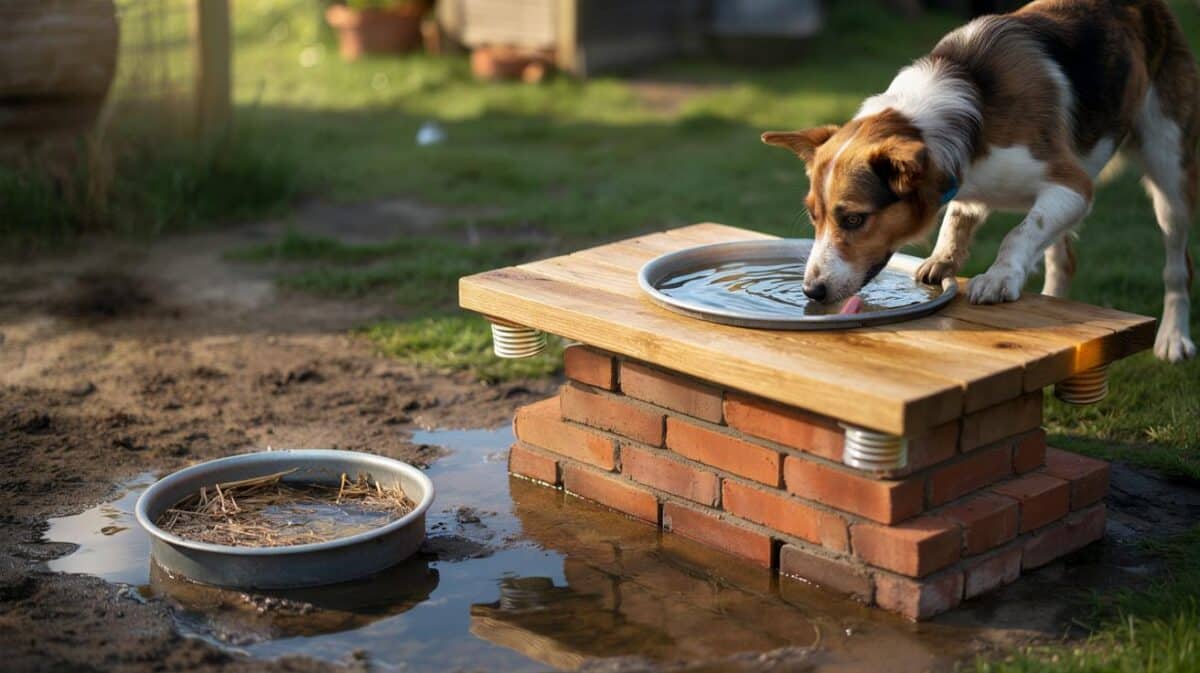An 18th‑century cabinetmaker’s trick is back on kitchen worktops, promising a satin glow without solvents, plastics or pricey sprays. A simple blend of wax, oil and a dash of citrus scent now challenges supermarket polishes, and the numbers behind it might change how you care for wood this year.
What’s behind the three-ingredient revival
The method pairs a soft natural wax with a pantry oil to feed the timber, close pores and lift the grain. It leaves a dry-touch sheen instead of a glossy film. The blend works on oak, walnut and pine alike, and it handles scuffs better than aerosol sprays that often sit on the surface.
The working ratio is 1:2 — 35 g wax to 70 ml oil — heated gently and kept under 82°c in a bain‑marie.
Traditionalists reach for beeswax for its warm glow and easy spread. Those seeking a plant-only option swap in carnauba, a palm-derived wax. Both bind with oil to nourish the fibres, cut minor dryness and leave a protective barrier against everyday moisture and light abrasion.
Why the maths matters
The 1:2 ratio gives a butter-like paste that spreads thinly without drips. Too much wax turns the mix claggy and hard to buff. Too much oil leaves a greasy feel and attracts dust. Keeping the bath under 82°c avoids scorching the wax, which dents performance and can dull the finish.
| Wax | Feel | Shine | Melting point | Vegan | Notes |
|---|---|---|---|---|---|
| Beeswax | Soft, creamy | Satin, warm tone | ≈ 62–64°c | No | Great control; classic furniture glow |
| Carnauba | Harder, slick | Higher gloss | ≈ 82–86°c | Yes | More durable feel; needs careful heat |
Make it safely in a bain‑marie
- Set a heatproof bowl over barely simmering water. Keep the water low and steady.
- Add 35 g wax pellets or shavings. Stir gently as they soften.
- When almost melted, drizzle in 70 ml extra‑virgin olive oil. Stir to a clear golden blend.
- Lift off the heat. Add 5–10 drops of lemon or sweet orange essential oil for a fresh scent.
- Pour into a sterilised glass jar. Let it set for around 30 minutes to a spoonable paste.
Aim for low heat, no boiling, and keep the temperature under 82°c from start to finish.
Olive oil produces a supple paste most homes can mix in minutes. For a firmer set, warm the jar briefly in your hands before use. Label the batch with the date and keep it in a cool cupboard.
Application that actually lasts
Prep the surface. Wipe away dust. Denib tired lacquer or rough patches with 240‑grit paper, moving with the grain. Vacuum the dust and wipe again with a barely damp cloth.
Work in small panels. Load a soft cotton cloth or microfibre with a hazelnut-sized dab. Massage in tight circles, then finish with long strokes along the grain. Leave it to sit for 15 minutes, then buff with a clean cloth until the surface feels dry to the touch.
Three thin coats beat one thick layer. Thin films cure faster, grip better and resist fingerprints.
On pale woods such as ash or beech, run a test under a drawer first. Any wax‑oil blend can deepen colour slightly as it wets the fibres. If you want a brighter look, go lighter on the quantity and buff more firmly.
Where it shines — and where to skip it
- Best for: tables, chairs, sideboards, picture frames, chopping boards and wooden spoons (use a fragrance‑free batch for items that touch food).
- Use sparingly on: veneered furniture and softwoods; test first to check for even absorption.
- Avoid: sealed polyurethane finishes and high‑traffic floors; the wax may not bond or could become slippery.
Frequency, protection and storage
Plan light maintenance every 2–3 months on pieces you touch daily. In kitchens or dry heated rooms, monthly care keeps edges from drying. Between coats, a quick buff revives the sheen without adding more product.
Regular care builds a thin, natural barrier that shrugs off minor spills and everyday scuffs.
Store the jar in a cool, dark spot with the lid tight. Expect a shelf life of up to a year if you keep water out of the mix. If the surface blooms white in cold weather, rub it warm with a cloth and it clears.
The money angle: does it save you cash?
A 100 ml batch costs roughly £1.20–£1.70 at UK high‑street prices: about 35 g beeswax pellets (~£0.40–£0.60), 70 ml extra‑virgin olive oil (~£0.40–£0.60), and 10 drops citrus oil (~£0.20–£0.40). Branded wood polishes typically run £2.40–£4.00 per 100 ml. Over a year, a two‑jar routine can shave several pounds off a cleaning budget while cutting aerosols and plastic packaging.
Beeswax or carnauba: which to choose today
Pick beeswax if you want easy spread and a classic, mellow finish. Pick carnauba if you want a brighter gloss and plant‑based content. Keep the 1:2 ratio either way. With carnauba, be strict on heat and stir patiently for a smooth emulsion.
Troubleshooting and smart tweaks
- Sticky feel after buffing: you used too much. Warm the surface with a hairdryer on low and buff hard with a clean cloth.
- Streaks on satin paint nearby: mask edges with low‑tack tape before you start and lift it as soon as you finish.
- White rings from old water stains: warm the area with a hairdryer on low, then massage a pea‑sized dab of the mix until the haze clears.
- Kitchen utensils: skip fragrance and use the same ratio. Wipe away any excess and allow overnight cure before contact with food.
- Pets and scent: citrus oils can bother cats. Use a fragrance‑free batch if your pets rub against furniture.
A simple routine that builds results
Set a quarterly reminder, keep one jar by your cloths, and tackle one panel at a time. Thin coats, careful heat and regular buffing add up to a surface that resists smears and brings out the grain.
If you fancy testing variations, swap olive oil for grapeseed or refined walnut oil at the same volume and watch how the feel changes. Grapeseed stays light; walnut builds a slightly harder film. Keep notes, keep the ratio, and your furniture will tell you what it prefers.








